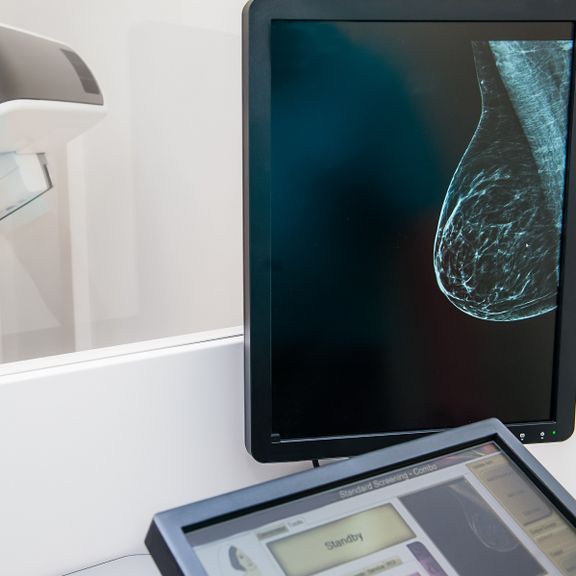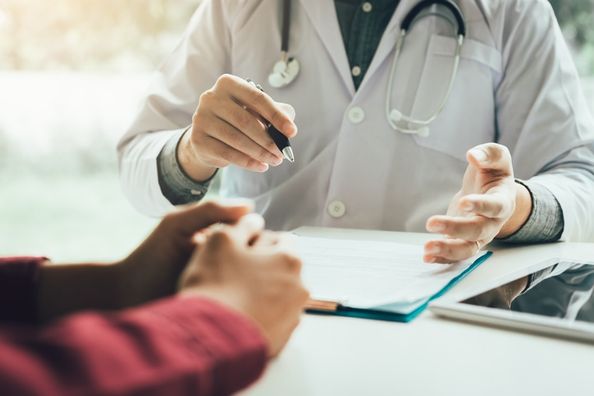Breast cancer is one of the most common cancers in women in the United States today. As with many other forms of cancer, preventive screening is the most effective tool for early detection and mortality reduction. The American College of Radiology and the Society of Breast Imaging recommend women begin annual mammographic screenings at age 40.

What does a Mammogram do?
3D Mammography, also known as breast tomosynthesis, is the gold standard in detecting breast cancer in women with average risk. This advancement in technology allows a radiologist to see breast tissue in more detail than 2D mammograms. Traditional, two-dimensional mammograms could only produce one condensed view of overlapping breast tissue; tissue which can hide subtle signs of early stage breast cancer. A 3D scan allows the radiologist to view the breast one layer at a time, making it easier to identify any abnormalities that may be present.
While mammograms are generally a very reliable breast cancer screening method, the imaging may show abnormalities that turn out to be non-cancerous. This is known as a ‘false positive’ result. False positives cannot be differentiated from true positives without additional testing, so the patient is asked to return for additional testing, which may include a second mammogram, an ultrasound or biopsy. 3D mammograms also result in fewer false positives than the older 2D technique.
Why does a False-Positive Happen?
False-positives occur because the breast is a complex mixture of fatty, fibrous and glandular tissues. Every woman’s breast composition is different and therefore every mammogram will look different. Other reasons for false positives include benign cysts, benign masses, benign calcifications, and even something as simple as overlapping normal breast tissue. A false positive result can be unsettling, but if the radiologist finds something suspicious they want to rule out cancer quickly, since it is most treatable at an early stage.
How can I Prevent a False-Positive?
Looking at the breast one layer at a time with 3D mammograms helps reduce the likelihood of false-positives. It is worth noting that breast compression, an often misunderstood part of mammography, plays a key role in reducing false positives by spreading out the breast tissues. You should also make sure your radiologist has access to your past mammograms for comparison. Performing regular self-breast exams at home help you become more familiar with what is normal for you. Make sure your mammogram is performed by a qualified imaging facility you trust, and remember, if you get called in for a second appointment, stay positive. Most of the initial screening abnormalities are due to benign causes.
Learn more about our Radiology Breast Services team or call 1−630−545−7880 to schedule your mammogram.
Health Topics:

